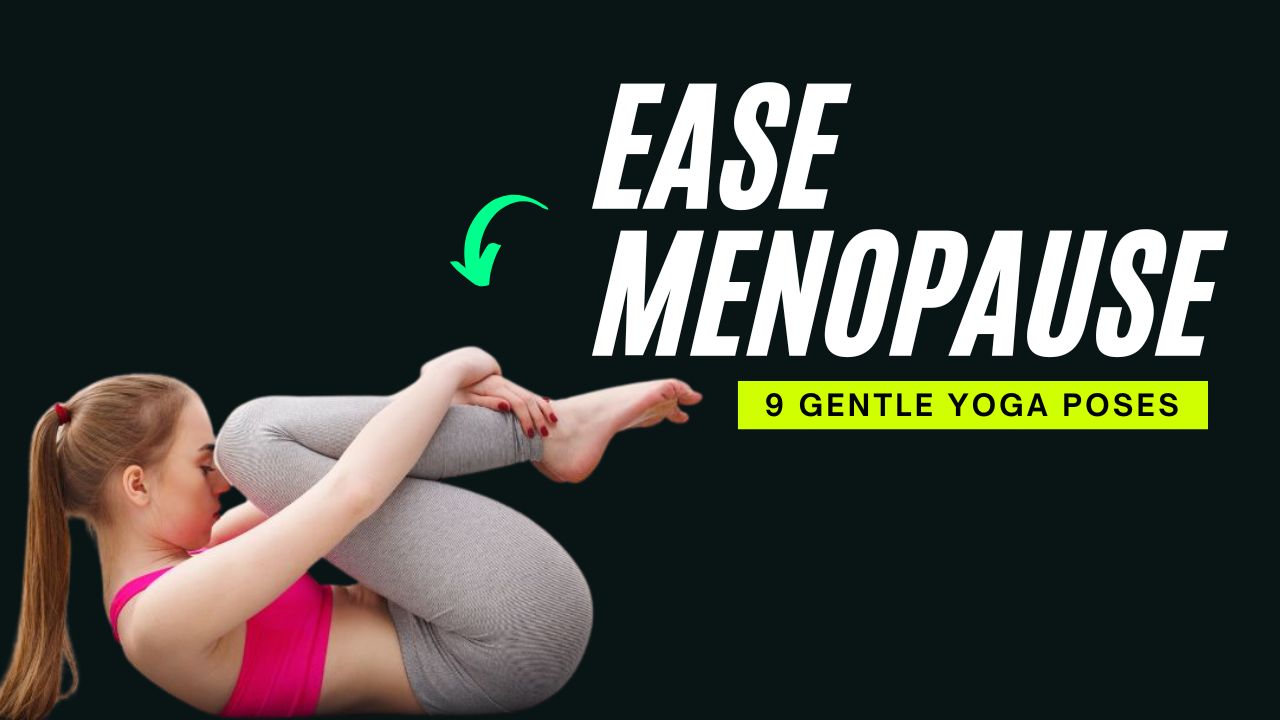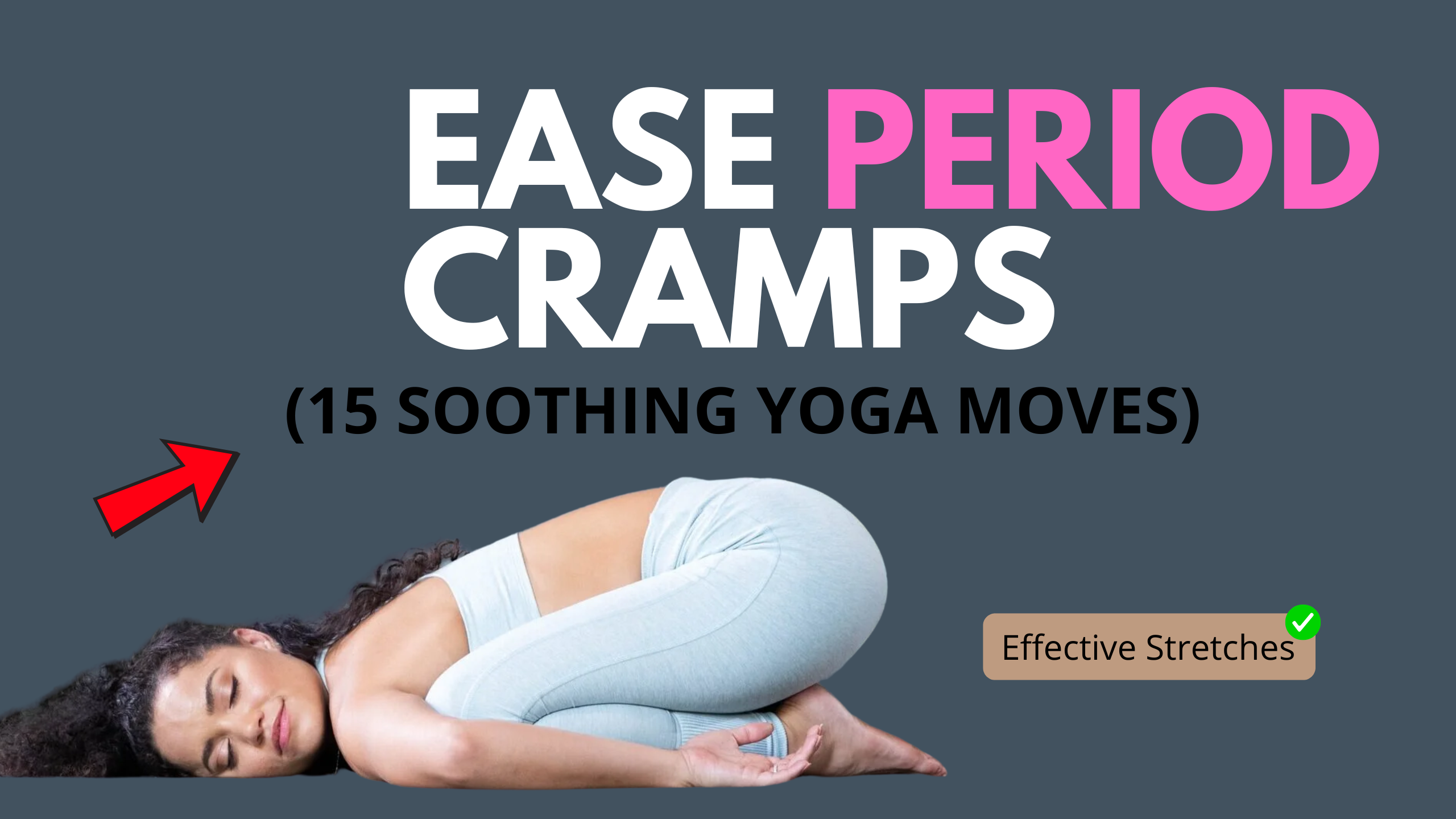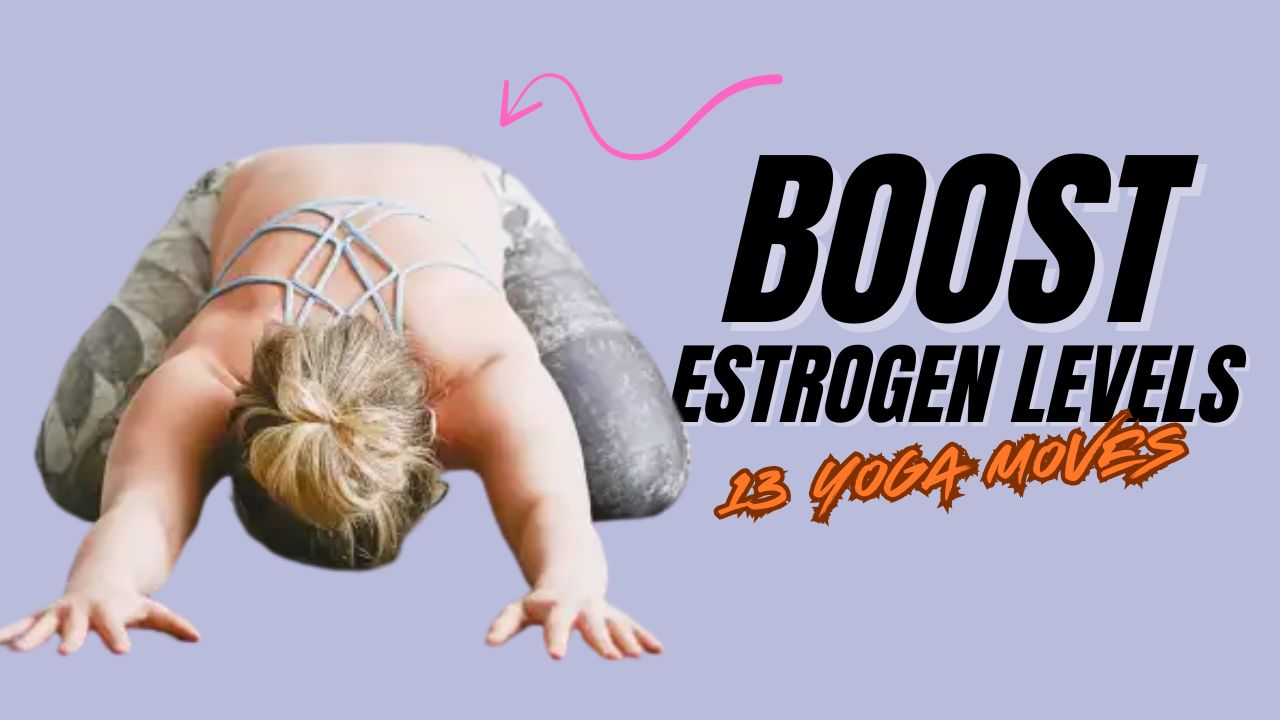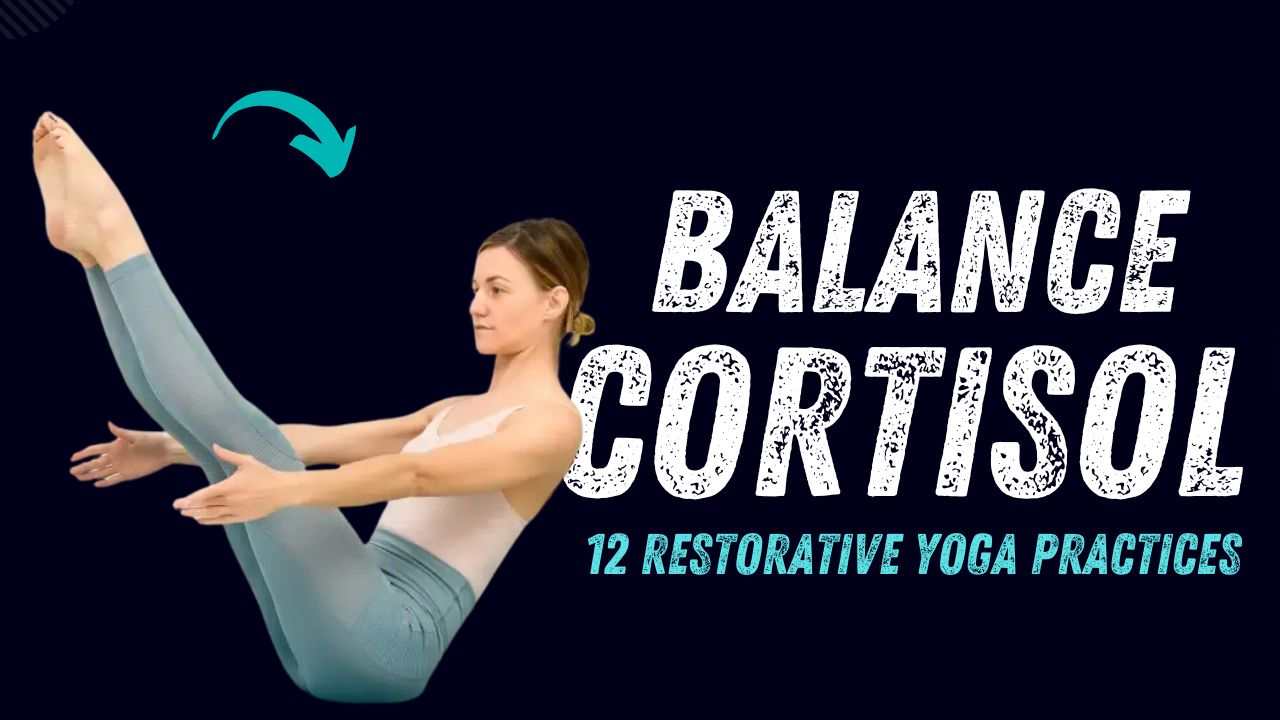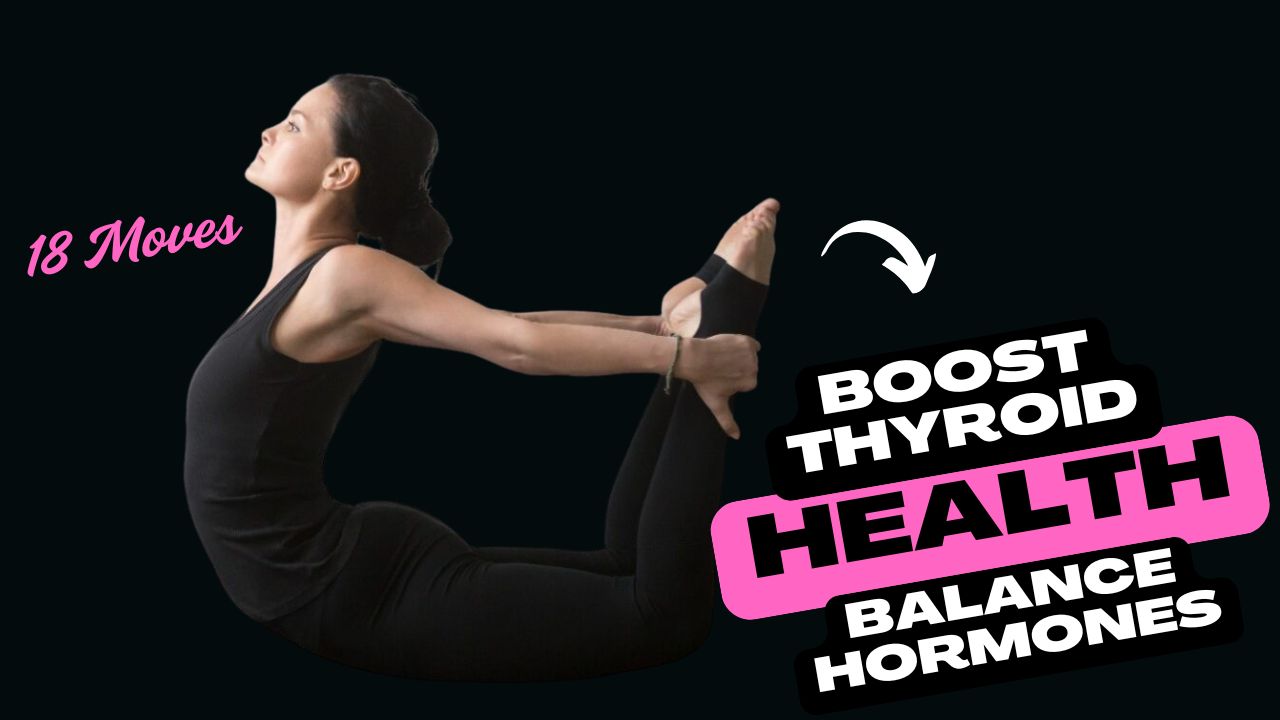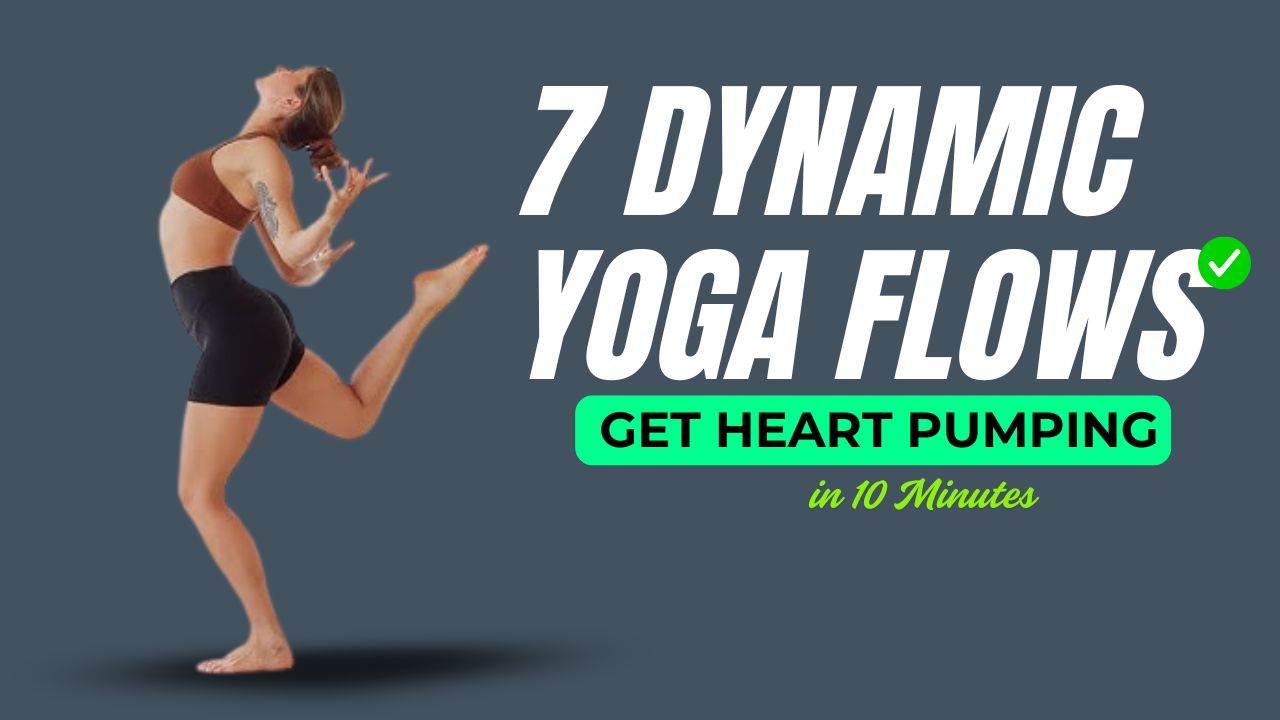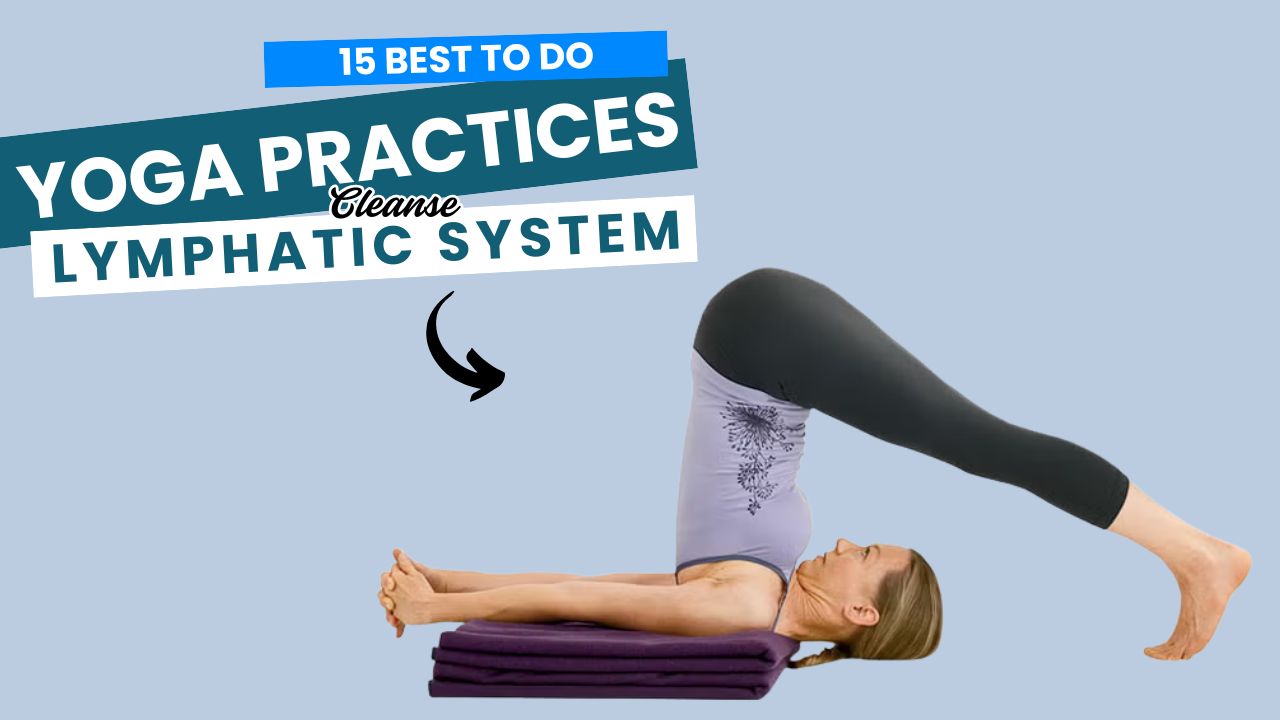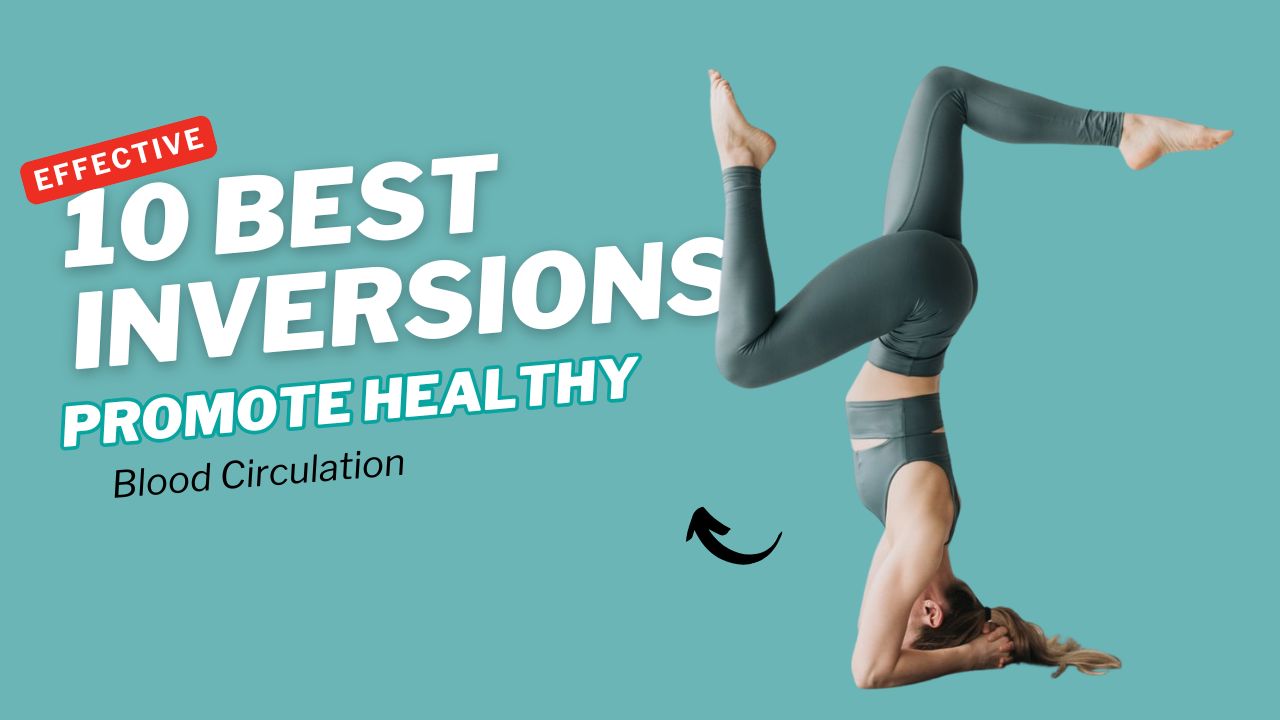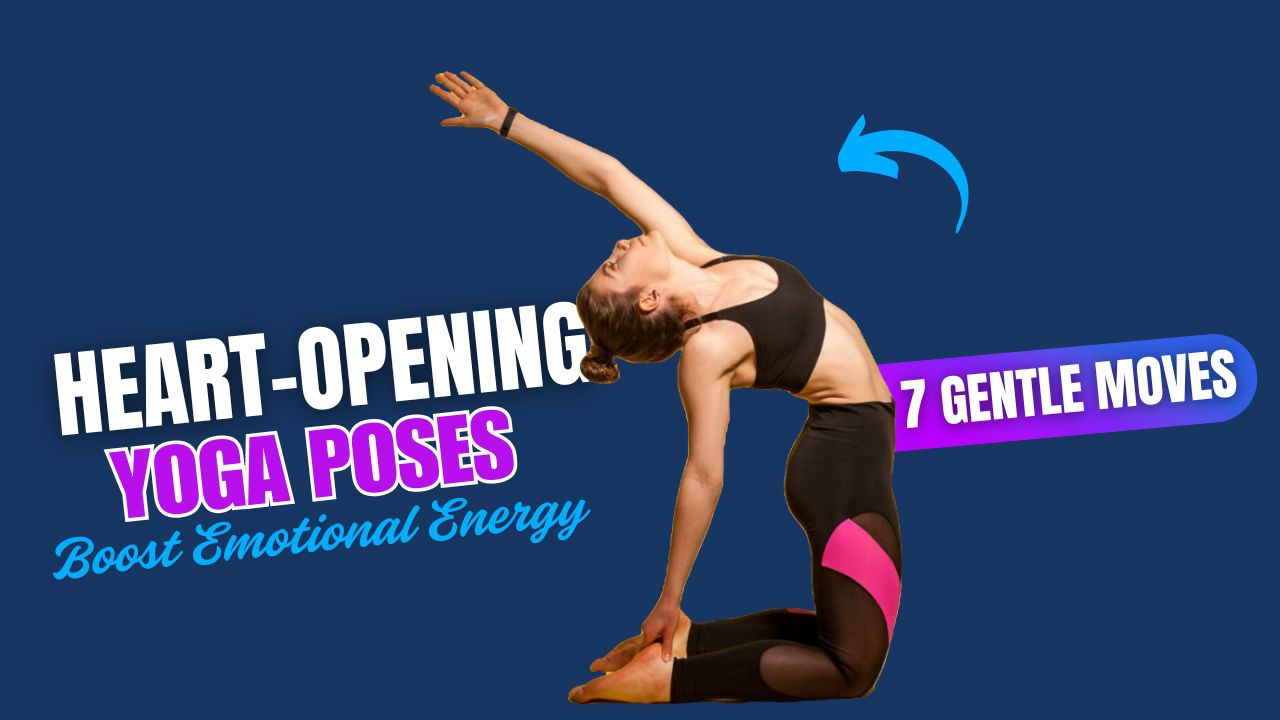Do you know the secret to achieving a strong, chiseled core isn’t hidden in a fancy gym?
That’s right – with just your bodyweight and a bit of dedication, you can sculpt an enviable set of abs right at home.
Forget the common myth that you need heavy weights or expensive equipment. Bodyweight exercises are not only convenient but can also engage multiple muscle groups, increasing your overall strength and stamina.
In this guide, we’ll dive into 15 insanely effective bodyweight abs exercises that will challenge your core, carve definition, and boost stability.
Plus, you’ll discover the correct techniques, step-by-step instructions, and bonus tips to maximize your results. Whether you’re a beginner or a fitness enthusiast, these moves will keep your abs firing and your core tightening.

Table of Contents
What Can Happen After 30 Days of These Bodyweight Abs Exercises
| After 30 Days | Potential Results |
|---|---|
| Improved core strength | Your abs and core muscles will feel stronger and more engaged during workouts. |
| Enhanced posture | Strengthening your core helps support better posture in daily activities. |
| Increased endurance | You’ll notice longer hold times and improved form during exercises. |
| Better balance and stability | Stronger core muscles translate to improved stability for other movements. |
| Tighter, more defined waistline | Reduced bloating and a slight tightening effect around your midsection. |
| Reduced lower back discomfort | Strengthening your core helps alleviate minor lower back aches (if done with proper form). |
| Boosted confidence and motivation | Seeing progress will motivate you to stick to your fitness goals. |
| Improved mind-muscle connection | You’ll become more aware of how your core supports full-body movements. |
| Preparation for more advanced exercises | Your core will be better equipped to tackle more challenging movements in future workouts. |
| Increased calorie burn | More active core muscles can contribute to better overall fat burning. |
Do & Don’t for Effective Bodyweight Abs Training
| Do | Don’t |
|---|---|
| Engage your core throughout every movement. | Hold your breath during exercises. |
| Start with proper form and control before adding intensity. | Use momentum or swing through reps. |
| Perform exercises slowly and with precision. | Rush through sets just to finish. |
| Breathe steadily and focus on exhaling on effort. | Neglect breathing or hold your breath. |
| Combine different exercises for a balanced routine. | Overdo one type of exercise and neglect others. |
| Rest and recover between workouts. | Train abs every day without allowing recovery. |
| Warm up before and stretch after core workouts. | Skip warm-up or cool-down sessions. |
| Keep your lower back pressed to the mat during lying exercises. | Arch or strain your back during exercises. |
| Maintain a straight line during planks and similar positions. | Let your hips sag or pike up in plank variations. |
| Stay consistent and patient with your routine. | Expect visible results overnight. |
1. Plank
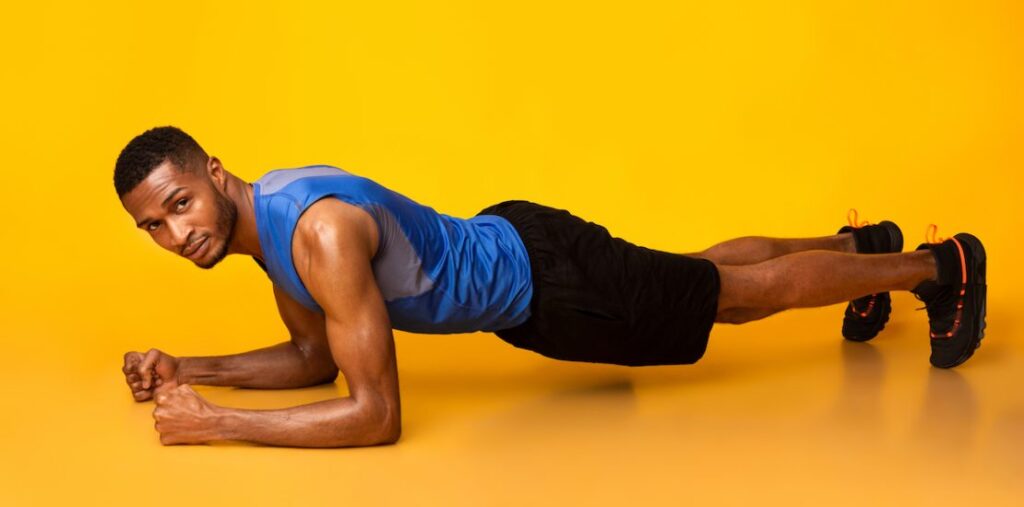
How to:
- Start in a forearm plank position, elbows aligned under shoulders, and legs extended.
- Engage your core, squeeze your glutes, and hold your body in a straight line from head to heels.
- Avoid sagging or arching your lower back.
Pro Tip: Hold for 30–60 seconds. Increase duration as you build endurance.
2. Side Plank

How to:
- Lie on one side with your elbow beneath your shoulder.
- Stack your feet, lift your hips, and keep your body aligned.
- Hold for 30–60 seconds, then switch sides.
Interesting Fact: Side planks not only work your obliques but also strengthen your shoulders and hips, enhancing balance.
3. Bicycle Crunches
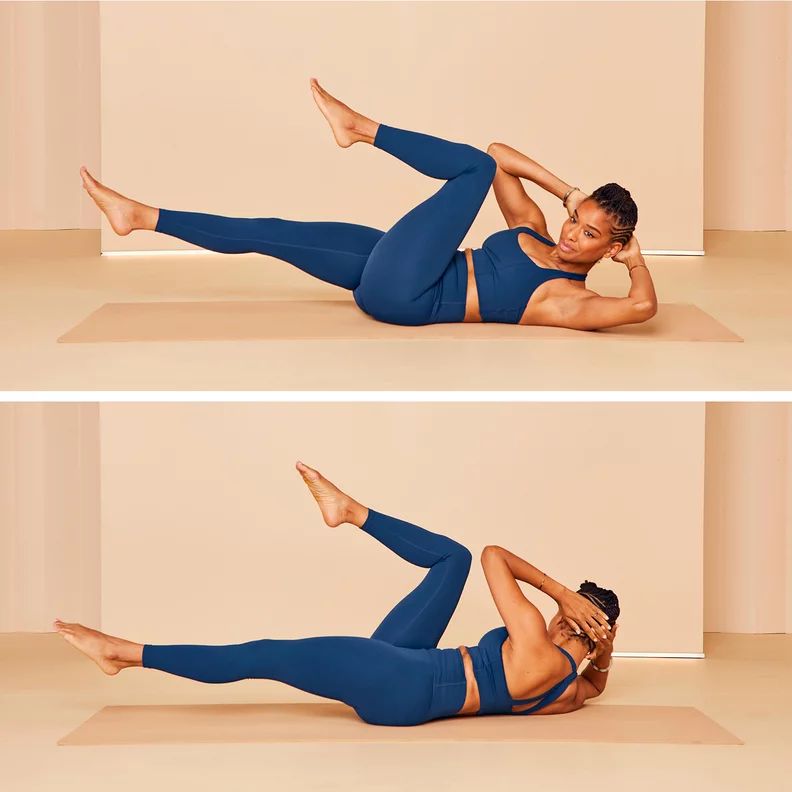
How to:
- Lie on your back, hands behind your head.
- Lift your shoulders off the floor and bring one knee toward your chest.
- Rotate your torso to bring your opposite elbow toward the knee.
- Alternate sides in a controlled motion.
Pro Tip: Aim for 15–20 reps per side to fully engage your obliques and rectus abdominis.
4. V-Ups

How to:
- Lie flat with arms extended overhead.
- Simultaneously lift your legs and upper body, reaching your hands toward your feet to form a “V” shape.
- Lower back down with control.
Myth Buster: V-Ups are often thought to only target the upper abs, but they engage your entire core, including the lower abdominal muscles.
5. Mountain Climbers

How to:
- Start in a high plank position.
- Bring one knee toward your chest, then quickly switch legs in a running motion.
- Maintain a flat back and a strong core.
Pro Tip: Perform for 30–60 seconds to combine cardio with core work.
6. Leg Raises

How to:
- Lie on your back, hands under your hips for support.
- Keep legs straight and lift them until they’re perpendicular to the floor.
- Lower slowly, keeping your lower back in contact with the ground.
Interesting Fact: Controlled leg raises target the often-overlooked lower abs, crucial for a complete core workout.
7. Hollow Body Hold
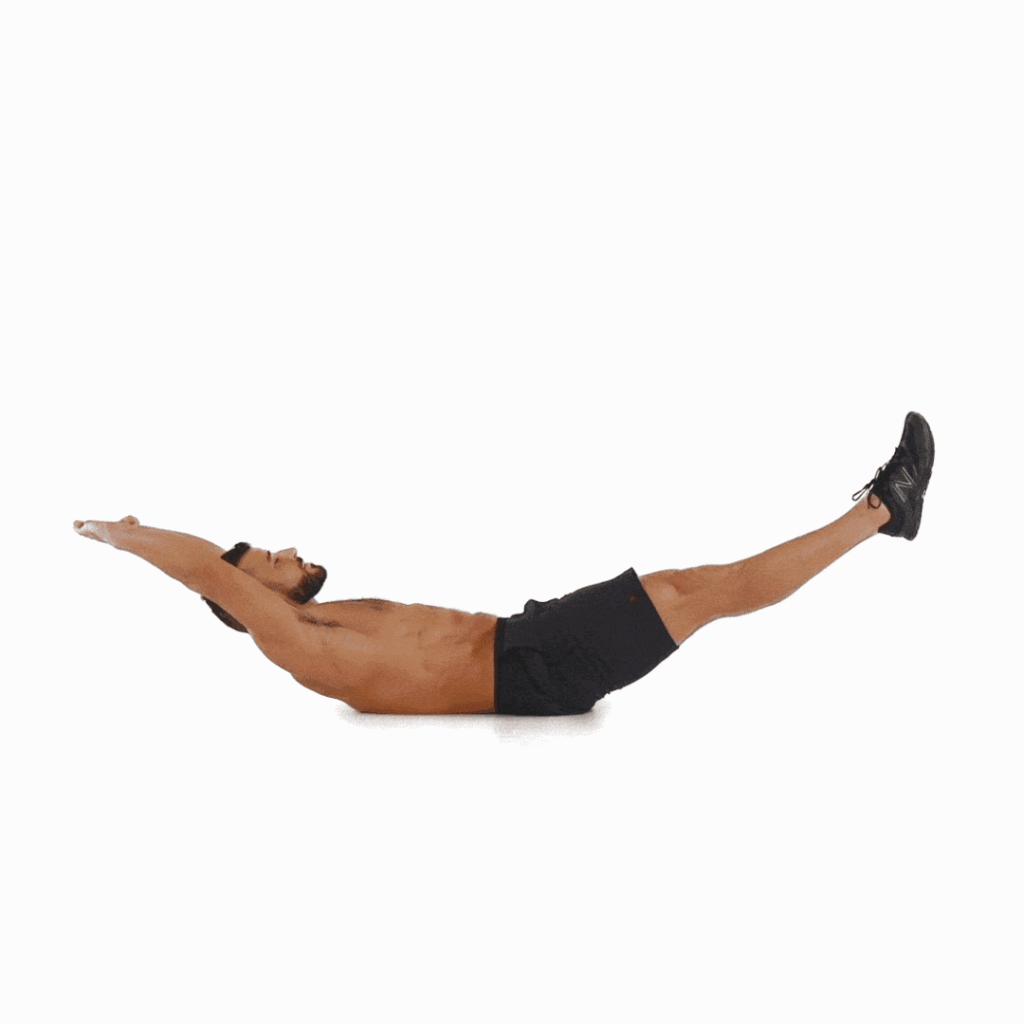
How to:
- Lie flat, extend your arms overhead, and lift your shoulders and legs off the floor.
- Hold this “hollow” position, keeping your lower back pressed into the mat.
Pro Tip: Start with 20–30 seconds, increasing the duration as you improve. This exercise builds a rock-solid core foundation.
8. Reverse Crunches

How to:
- Lie on your back, knees bent, and feet flat.
- Lift your legs so your thighs are vertical and knees bent at 90 degrees.
- Curl your hips off the ground, bringing your knees toward your chest.
Pro Tip: Focus on using your lower abs to lift, not momentum.
9. Flutter Kicks
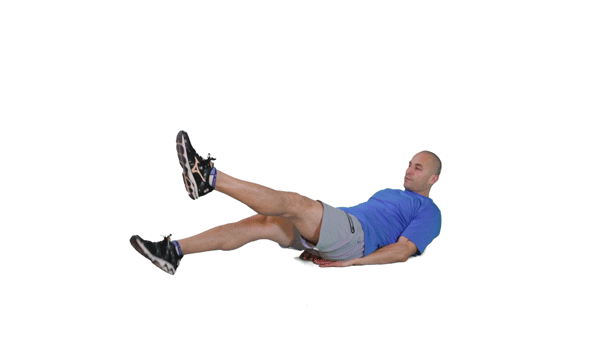
How to:
- Lie on your back with your hands under your hips.
- Lift legs a few inches off the floor and alternate quick, small kicks.
- Keep your core tight and lower back on the ground.
Pro Tip: Perform for 30–45 seconds, ensuring controlled movement.
10. Russian Twists
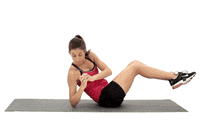
How to:
- Sit with knees bent, heels on the floor, or lifted for a challenge.
- Lean back slightly, holding hands or a lightweight object.
- Rotate your torso from side to side.
Pro Tip: Perform 15–20 reps per side. Great for oblique engagement.
11. Dead Bug

How to:
- Lie on your back, arms and legs extended toward the ceiling.
- Lower the opposite arm and leg simultaneously while keeping your core engaged.
- Return to the starting position and switch sides.
Interesting Fact: Despite its funny name, the Dead Bug is a functional movement that trains coordination and core stability.
12. Superman Hold

How to:
- Lie face down, arms extended in front.
- Simultaneously lift arms, chest, and legs off the floor.
- Hold for 30–60 seconds.
Pro Tip: Engage your glutes and lower back to enhance total core strength.
13. Lying Windshield Wipers
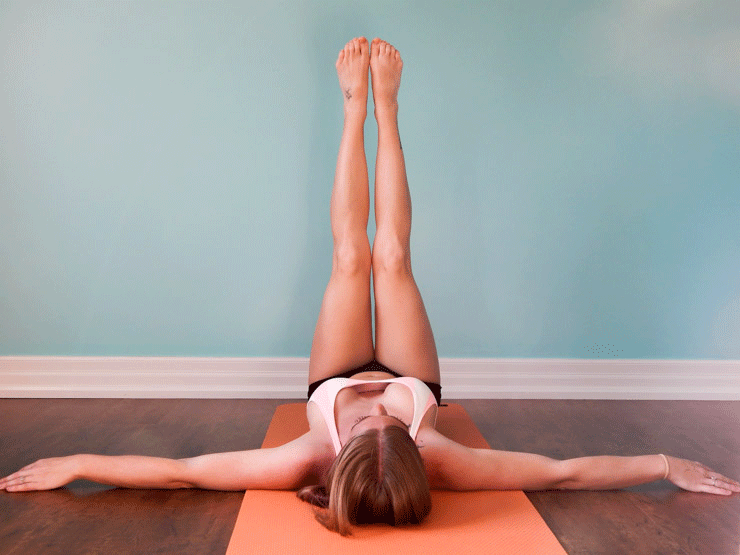
How to:
- Lie on your back, arms extended to the sides.
- Raise your legs perpendicular to the floor.
- Slowly rotate your legs side to side like windshield wipers.
Pro Tip: Keep the movement slow and controlled, aiming for 10–15 reps per side.
14. Toe Touches

How to:
- Lie on your back with your legs extended upward.
- Reach toward your toes, lifting your shoulders off the floor.
- Lower with control.
Pro Tip: Exhale as you reach up to engage your core more deeply.
15. Spiderman Plank

How to:
- Start in a high plank position.
- Bring one knee toward your elbow on the same side.
- Alternate sides in a controlled motion.
Interesting Fact: This advanced variation of the plank increases hip mobility and targets the obliques and lower abs.
Final Thoughts
Now that you’ve discovered these 15 insanely effective bodyweight abs exercises, it’s time to incorporate them into your routine.
Mix and match a few for a core circuit, or challenge yourself to complete them all for the ultimate ab burn. Remember, a strong core isn’t just about aesthetics – it supports posture, stability, and overall strength.
Ready to ditch the gym and carve your core from home? Start today, and your abs will thank you!
Frequently Asked Questions (FAQs)
How often should I do these bodyweight abs exercises?
You can safely train your abs 3–5 times per week. However, giving your muscles time to recover is crucial, so alternate days or combine them with other workouts. Consistency is key for results.
Can I really build abs without equipment?
Absolutely! Bodyweight exercises can effectively strengthen and sculpt your core. Many athletes and trainers incorporate them into their routines because they’re versatile, challenging, and equipment-free.
How long will it take to see results?
Results vary depending on your starting point, diet, and consistency. With regular practice and a balanced diet, noticeable improvements can appear within 4–8 weeks. Remember, visible abs require reducing overall body fat.
Do I need to do all 15 exercises in one workout?
No. You can pick 4–6 exercises to create a focused core circuit or alternate them throughout the week. Variety helps prevent plateaus and keeps your workouts fresh.
Are these exercises safe for beginners?
Yes, most of these moves are beginner-friendly. Start with simpler ones like planks and dead bugs, then gradually add more challenging exercises like V-ups or Spiderman planks as your core strength improves.
Can bodyweight core exercises help with lower back pain?
When done with proper form, core-strengthening exercises can support the spine and alleviate lower back discomfort. However, if you have persistent back pain, consult a healthcare provider before starting any workout.
How long should I hold planks or hollow body holds?
Start with 20–30 seconds and gradually increase your hold time as you build endurance. Focus on maintaining proper form rather than chasing the clock.
Should I focus only on abs to get a six-pack?
Core training is important, but fat loss through full-body strength training and a healthy diet is essential for visible abs. Think of abs as made in the gym but revealed in the kitchen.
Are these exercises effective for post-pregnancy core recovery?
Some of these exercises can help rebuild core strength postpartum, but it’s essential to consult with a healthcare provider, especially if diastasis recti or other complications are present. Start with gentle core activations like dead bugs and progress gradually.
Can these exercises replace crunches?
Definitely! Crunches are just one option. These 15 exercises provide a comprehensive approach to core training, engaging more muscles and improving stability, posture, and strength.
